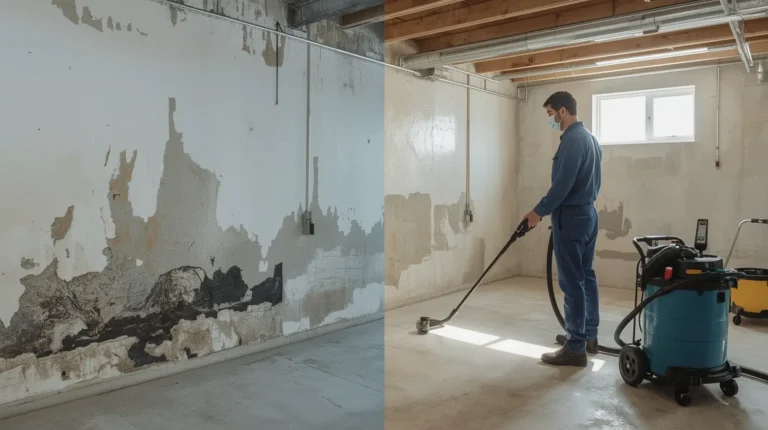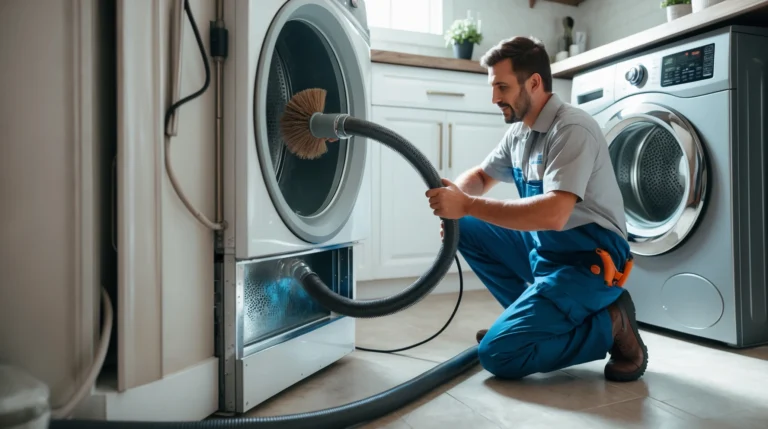Dealing with raw sewage in your basement can feel overwhelming. It’s messy, dangerous, and smells terrible. But with the right steps and quick action, you can safely remove the waste and protect your home from long-term damage. In this guide, you’ll learn exactly how to clean up raw sewage in basement areas, from safety precautions and cleanup steps to when you should call professionals for help. We’ll also cover what causes sewage backups, how to prevent them, and why local homeowners trust Colorado Stain Master for safe and reliable restoration services.
Understanding the Problem: Why Raw Sewage in Basements Happens
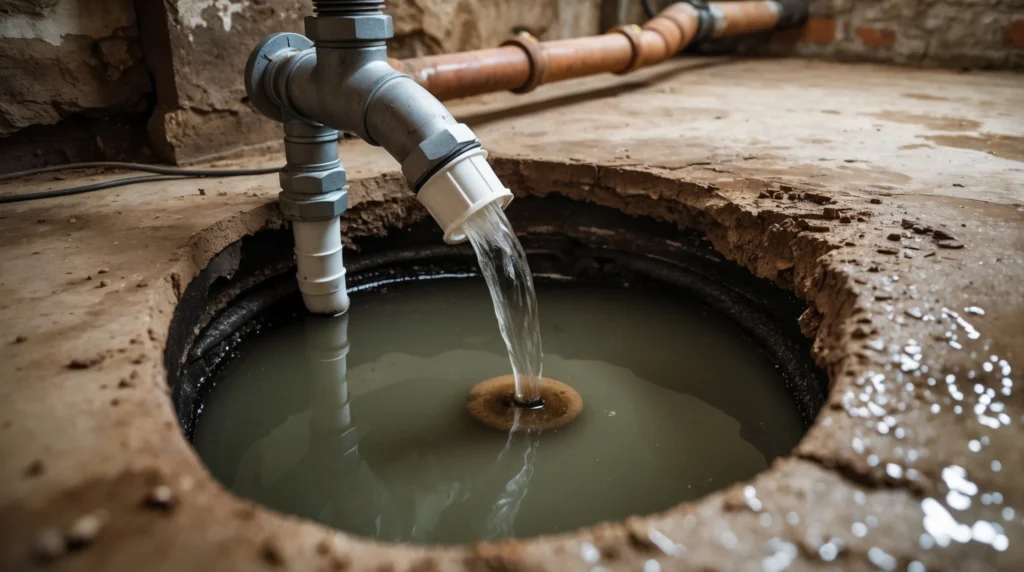
Raw sewage in your basement is more than just a plumbing issue; it’s a health hazard and a property concern. It usually happens when wastewater from toilets, sinks, or drains can’t flow properly through your plumbing system. The blockage forces contaminated water to back up into your home, often through floor drains or basement fixtures.
Common causes include clogged sewer lines, broken pipes, or heavy rainfall that overwhelms city systems. A sewer leak under the house or a failing septic tank can also lead to sewage water in the basement. When this happens, it’s important to act quickly before the contamination spreads or mold starts growing.
The Dangers of Sewage Water in Your Home
Sewage is filled with harmful bacteria, viruses, and parasites. Exposure to this water can cause serious health issues such as infections or respiratory problems. It also soaks into walls, furniture, and flooring, leading to long-term damage.
If your basement floods with sewage, it’s not enough to just mop up the water; proper disinfection is critical. The longer it sits, the deeper it seeps into porous materials like wood and carpet. The smell of decay and urine odor can linger for weeks, even after drying. This is why both homeowners and professionals take the sewage cleanup in the basement process seriously.
Signs You’re Dealing with a Sewage Backup in the Basement
Sometimes, sewage problems start small. You might notice slow-draining sinks, bubbling sounds in toilets, or a faint foul smell near floor drains. If your bathroom is leaking into the basement or there’s sewage water in the basement, these are warning signs that your system is backing up.
Other indicators include gurgling noises, damp spots on basement walls, or visible waste near floor drains. In severe cases, black or brown water starts pooling, a clear sign of backed-up sewage in basement conditions that require immediate attention.
First Steps: What to Do When You Discover Sewage in the Basement
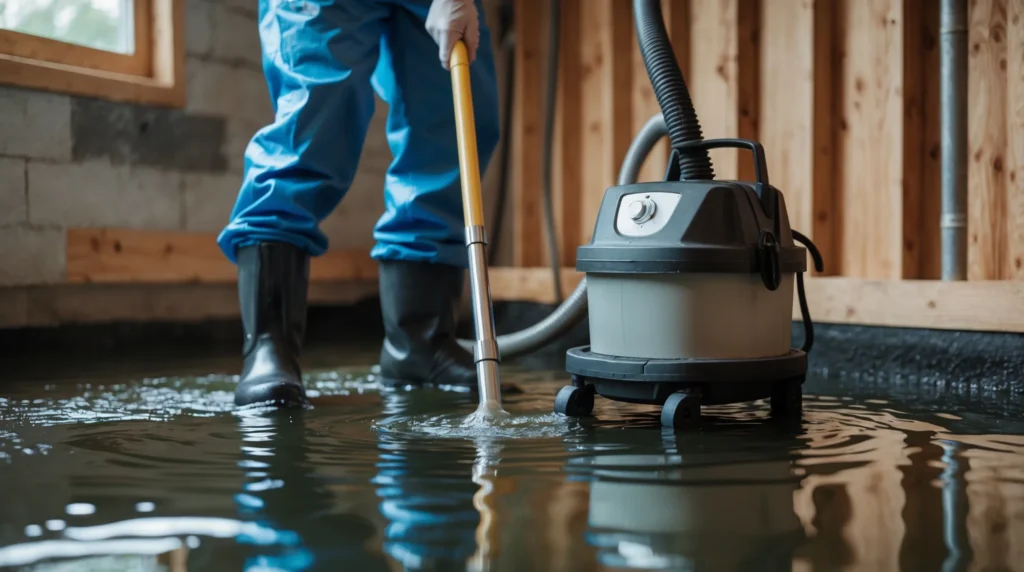
Before you start cleaning, make sure it’s safe to enter. Turn off the electricity to avoid shocks, especially if the water level is high. Open windows and doors to let in fresh air and reduce toxic fumes. Always wear protective clothing like gloves, boots, and a mask to avoid direct contact with contaminated water.
If the water level is more than an inch deep or continues rising, contact a 24-hour sewage backup service immediately. Professionals can safely assess the situation and start emergency water damage restoration. Never use a regular vacuum or mop for sewage this can spread contamination further.
How to Clean Up Raw Sewage in Basement Safely and Effectively
Now to the main question, how to clean up raw sewage in basement areas safely. Start by removing standing water using a wet/dry vacuum designed for contaminated liquids. Avoid using it for anything else afterward. Next, scoop up solids with a shovel and dispose of them in heavy-duty trash bags.
Scrub the floors and walls using a mix of hot water and heavy-duty disinfectant. Pay extra attention to corners and cracks where bacteria can hide. After cleaning, use a dehumidifier and fans to dry the space completely. Moisture left behind can lead to mold growth within 24 to 48 hours.
If you notice signs of sewer water in basement walls or the odor lingers, it’s best to call professionals like Colorado Stain Master, who have the right tools for deep sanitization and drying.
Cleaning Basement After Sewer Backup: Tools and Techniques
Cleaning after a sewer backup requires the right equipment. Start with protective gear rubber gloves, waterproof boots, and a respirator mask. Use a wet/dry vacuum to extract contaminated water, then clean surfaces with bleach or professional-grade disinfectant.
You’ll also need HEPA air filters to capture airborne bacteria and spores. Once everything is clean, run a dehumidifier for at least 24 hours. If your carpet or furniture was affected, dispose of it immediately; no amount of surface cleaning can make these items safe again.
If you’re unsure whether your basement is completely dry, professionals use moisture meters and thermal cameras to confirm there’s no hidden dampness. The cleaning basement after the sewer backup process must be thorough to prevent future issues like odor or mold.
When to Call Professional Sewage Cleanup Services
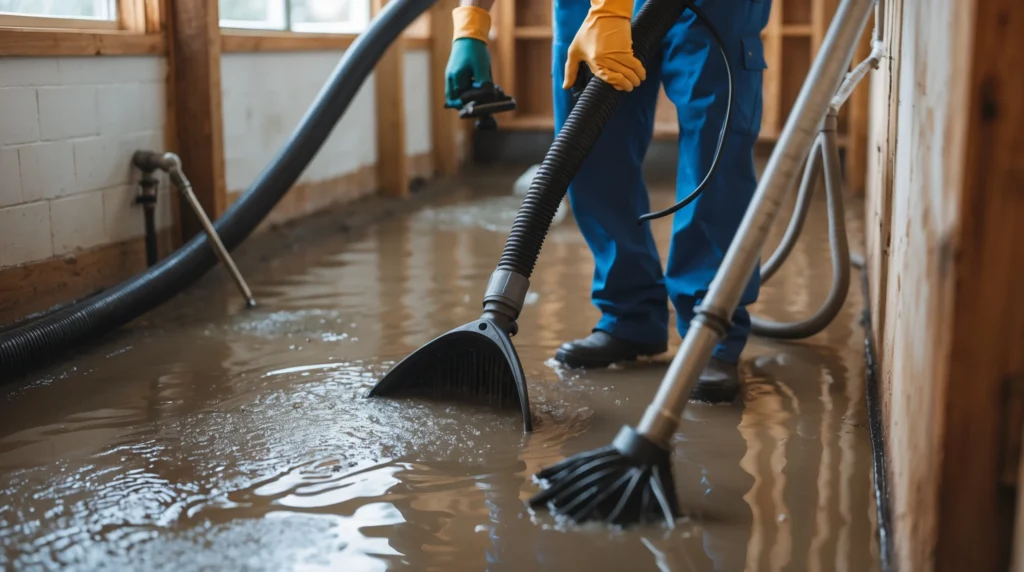
While small spills can sometimes be handled yourself, serious sewage floods in basement situations should always be left to professionals. They use commercial extraction systems, antimicrobial treatments, and advanced drying techniques to restore your basement safely.
Experts from Colorado Stain Master can also inspect for hidden leaks or broken sewer lines. They ensure every contaminated surface is disinfected and that your air quality returns to normal. DIY cleanup may save money initially, but incomplete cleanup often leads to recurring mold or bacterial growth a much bigger cost in the long run.
Understanding the Water Restoration Process and Drying Time
Professional restoration follows several stages. First, a team will assess the damage and determine the contamination level. Then they’ll start water extraction and drying services, removing all standing water and moisture trapped in floors and walls. Next comes the sanitization phase, using antimicrobial treatments to kill remaining bacteria. The structural drying process ensures the foundation and framing are moisture-free. Finally, deodorizing removes lingering smells from the sewage water in the basement.
Depending on the severity, the drying time after water damage can take anywhere from two days to a full week. Severe flooding or deep contamination may require several additional days of treatment.
Basement Sewage Cleanup Cost and What Affects It
The basement sewage cleanup cost can vary widely based on the extent and contamination level. Minor backups may cost a few hundred dollars, while full restoration projects can range into the thousands. Costs typically include inspection, removal of contaminated materials, deep cleaning, drying, and air purification. Additional expenses may arise if structural repairs or a sewer pipe leak in the basement are discovered.
Some homeowner insurance policies cover sewage cleanup in the basement, but it depends on the cause. For example, damage from sudden blockages may be covered, while issues from poor maintenance usually are not.
Preventing Future Sewer Backup or Septic Problems in Your Basement
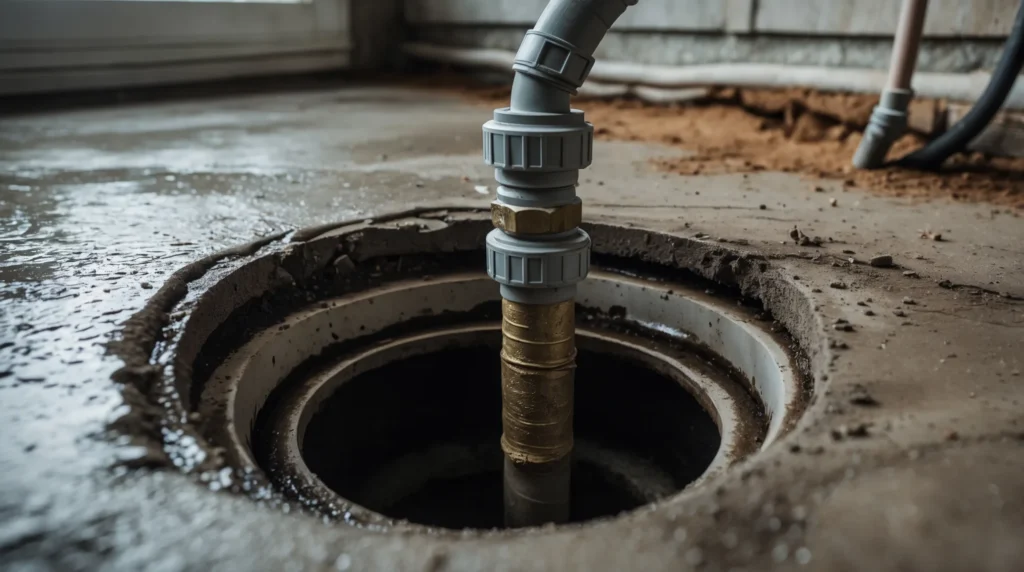
Once your basement is clean, prevention is key. Schedule annual plumbing inspections and keep tree roots away from your sewer lines. Avoid flushing wipes, grease, or paper towels; these common culprits cause many sewer backup issues in basements.
Install a backwater valve to stop sewage from flowing backward into your home. Keep gutters and downspouts clear to prevent stormwater overflow. If you have a septic system, maintain it regularly to avoid septic backup in the basement.
A little maintenance goes a long way in avoiding another stressful and messy cleanup.
Why Homeowners in Colorado Springs Trust Colorado Stain Master for Sewage Restoration
Homeowners in Colorado Springs, CO, face unique plumbing challenges due to weather changes and soil conditions. That’s why locals trust Colorado Stain Master for reliable and safe sewage restoration. With years of experience in water damage restoration and sewage cleanup, the team uses industry-grade tools and proven techniques to make your basement clean, dry, and odor-free again.
Their professionals are certified, experienced, and available 24/7 to handle any emergency sewage cleanup situation. Whether it’s a sewer leak under the house or a full basement flooded with sewage, you can count on their expertise to restore your home safely and quickly.
Conclusion
Dealing with raw sewage in the basement is something no homeowner wants to face, but fast and proper action can make all the difference. Cleaning, drying, and sanitizing are crucial steps to protect your health and property. While small spills can sometimes be managed on your own, larger or repeated incidents need professional help to ensure your home is safe and bacteria-free.
If you’re facing a sewage backup or flood in your home, don’t wait. Contact Colorado Stain Master for expert sewage and water damage restoration. Our trained team can handle everything from cleanup to prevention, giving you peace of mind and a cleaner, healthier basement.

